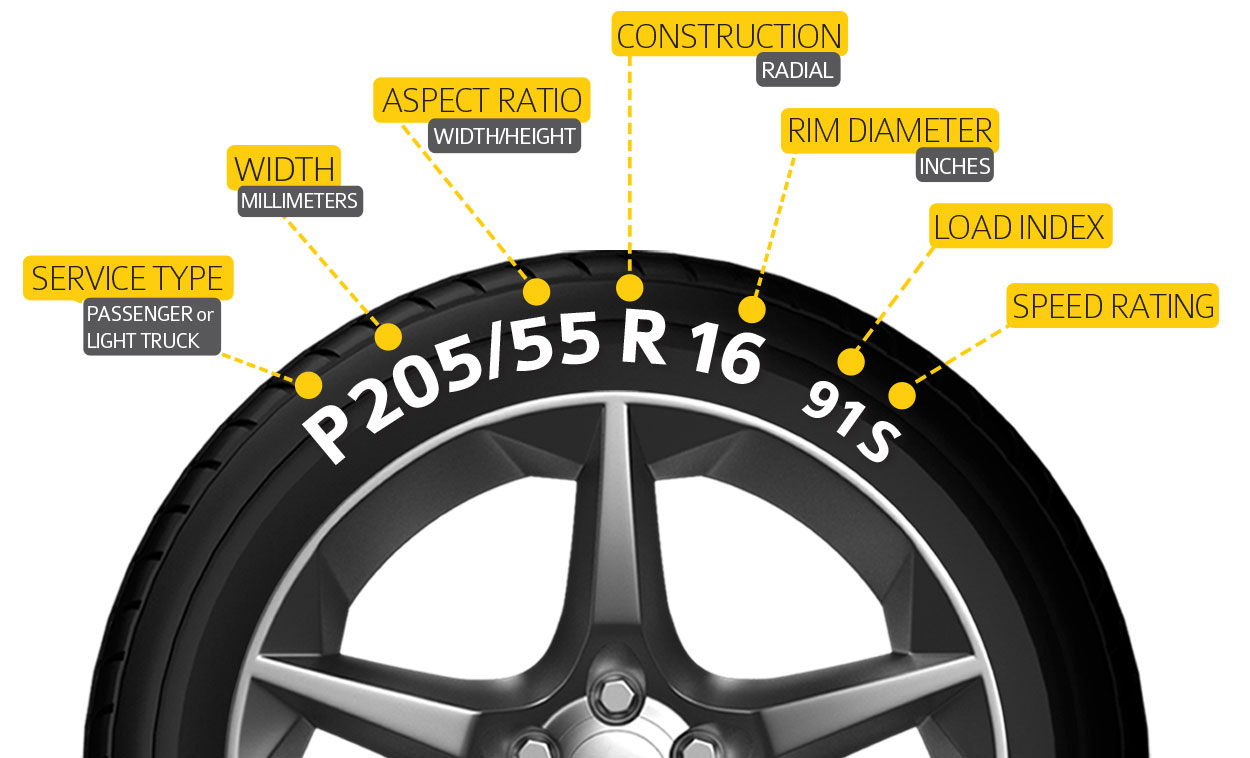Decoding Rim Measurements: Your Guide to Wheel Sizing

Ever wondered about those numbers stamped on your car’s rims? They're not just random figures; they represent a crucial code that dictates your vehicle's performance, handling, and even its appearance. Understanding how rims are measured is essential for any car owner, whether you're looking to replace worn-out wheels, upgrade to a sportier set, or simply understand your car's specifications.
Rim measurement isn't as simple as a single number. It's a combination of factors, including diameter, width, offset, backspacing, and bolt pattern. Getting these measurements right is crucial for ensuring your new wheels fit correctly and function safely. An incorrect measurement can lead to rubbing against the car body, interference with suspension components, or even dangerous handling characteristics.
The practice of measuring rims has evolved alongside the automotive industry. Early wheels were simple, often made of wood or steel, and their dimensions were less critical. As cars became more complex and performance-oriented, the need for precise rim measurements became paramount. Today, rim sizing is standardized to ensure compatibility across different manufacturers and models.
Knowing how to interpret wheel measurements empowers you to make informed decisions when purchasing new rims or tires. It allows you to select the perfect fit for your vehicle, ensuring optimal performance and avoiding potential problems. This knowledge is especially valuable for those interested in modifying their cars, as proper rim fitment is essential for achieving desired handling and aesthetic results.
The importance of correct rim measurements cannot be overstated. It directly impacts tire selection, vehicle handling, speedometer accuracy, and overall safety. Using the wrong size rims can compromise your vehicle's stability, braking performance, and even lead to premature tire wear. Therefore, taking the time to learn how rims are measured is a worthwhile investment for every driver.
Rim diameter is the measurement across the wheel from one bead seat to the other, expressed in inches. The bead seat is where the tire's bead sits against the rim. Rim width, also in inches, is the distance between the inside edges of the wheel flanges. Offset refers to the distance between the wheel's mounting surface and the centerline of the rim. Backspacing is the distance from the back of the wheel to the mounting surface. The bolt pattern is the arrangement and number of lug holes on the wheel.
Three key benefits of understanding rim measurements include ensuring proper fitment, enhancing vehicle performance, and making informed purchasing decisions. For example, knowing your car’s bolt pattern will prevent you from buying wheels that simply won’t bolt on. Understanding offset helps optimize handling and avoids clearance issues. Finally, knowing the correct diameter allows for accurate speedometer readings.
To measure your rims, you'll need a measuring tape or ruler. Start by measuring the diameter, then the width. Determining offset and backspacing can be slightly more complex and might require consulting a wheel specialist or using online resources. Always double-check your measurements before purchasing new wheels.
Websites like Tire Rack and Discount Tire offer comprehensive guides and tools to help you understand rim measurements and select the correct wheels for your vehicle.
Advantages and Disadvantages of Different Rim Sizes
| Size | Advantages | Disadvantages |
|---|---|---|
| Larger Diameter | Improved handling, sportier appearance | Reduced ride comfort, increased tire cost |
| Smaller Diameter | Increased ride comfort, lower tire cost | Less responsive handling, less visually appealing |
Best practices for measuring rims involve using accurate measuring tools, consulting reliable sources for information, and double-checking your measurements. Additionally, consider the impact of different rim sizes on your vehicle's performance and handling. It's also wise to consult with a tire professional for personalized recommendations.
Real-world examples of rim measurements can be found on any tire retailer's website. They often list specifications like 17x7.5 with a +45 offset and 5x114.3 bolt pattern. Understanding these numbers is crucial for compatibility.
Challenges related to rim measurements often involve confusion about terminology and difficulty measuring offset and backspacing. Solutions include using online calculators and consulting with tire professionals.
FAQs include questions about how to measure offset, how to determine bolt pattern, and the impact of different rim sizes on tire selection. General answers direct users to online resources and encourage consultation with professionals.
Tips and tricks for measuring rims include using a straight edge to ensure accurate diameter measurements and consulting online forums for specific vehicle fitment information.
In conclusion, understanding how rims are measured is a fundamental aspect of car ownership. From ensuring safety and proper vehicle function to unlocking performance potential and aesthetic customization, accurate rim measurement knowledge empowers you to make informed decisions about your vehicle. By understanding the various components of rim measurement – diameter, width, offset, backspacing, and bolt pattern – you can select the ideal wheels for your specific needs and driving style. Taking the time to learn these concepts, utilizing available resources, and seeking professional advice when needed will ensure your vehicle performs optimally and safely. Don't underestimate the importance of this seemingly small detail; it has a significant impact on your overall driving experience. So, take the time to learn, measure accurately, and enjoy the benefits of perfectly fitted rims. Invest the time to learn about your vehicle's specific requirements and explore the options available to you. This knowledge will not only enhance your car’s performance and appearance but also contribute to a safer and more enjoyable driving experience.
Unlocking savings your guide to state employees credit union perks
The legacy of buffalo bills coach marv levy
Decoding the 737 engine makers powering boeings workhorse













